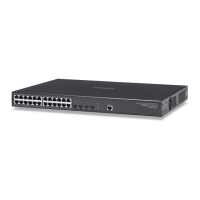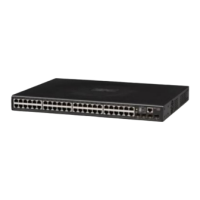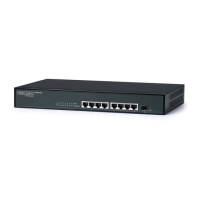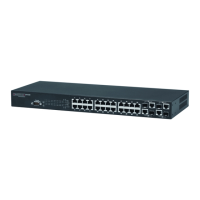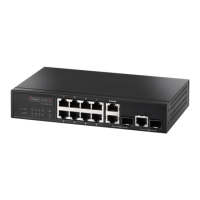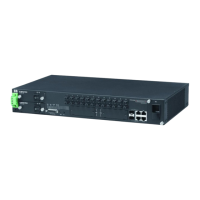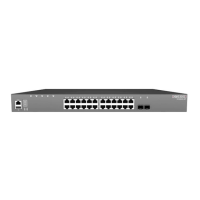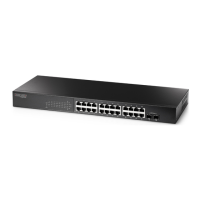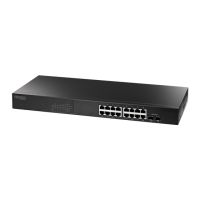System Defaults
1-5
1
or VLAN lists. Using access lists allows you select traffic based on Layer 2, Layer 3,
or Layer 4 information contained in each packet. Based on network policies, different
kinds of traffic can be marked for different kinds of forwarding.
Multicast Filtering – Multicast filtering is a system where network devices forward
multicast traffic only to the ports that are registered with the multicast group. Without
mulicast filtering the data packet will be broadcast to all endstations within a LAN or
VLAN. The purpose is to keep the non-multicast group members from receiving
unsolicited packets and to prevent a possible reduction in network performance. The
switch uses IGMP Snooping and Query to manage multicast group registration.
System Defaults
The switch’s system defaults are provided in the configuration file
“Factory_Default_Config.cfg.” To reset the switch defaults, this file should be set as
the startup configuration file (page 3-23).
The following table lists some of the basic system defaults.
Table 1-2 System Defaults
Function Parameter Default
Console Port
Connection
Baud Rate 9600
Data bits 8
Stop bits 1
Parity none
Local Console Timeout 0 (disabled)
Authentication Privileged Exec Level Username “admin”
no password
Normal Exec Level Username “guest”
Password “guest”
Enable Privileged Exec from
Normal Exec Level
Password “super”
RADIUS Authentication Disabled
TACACS Authentication Disabled
802.1X Port Authentication Disabled
HTTPS Enabled
SSH Disabled
Port Security Disabled
IP Filtering Disabled

